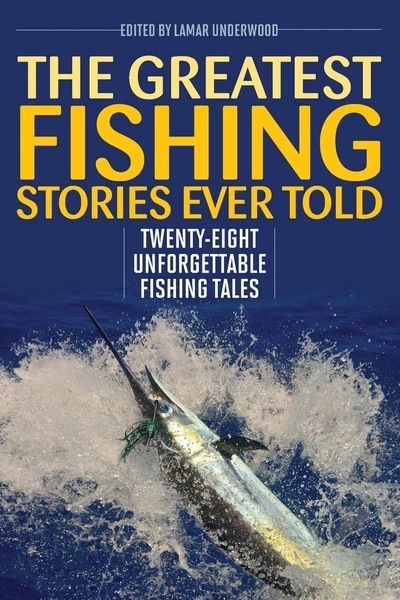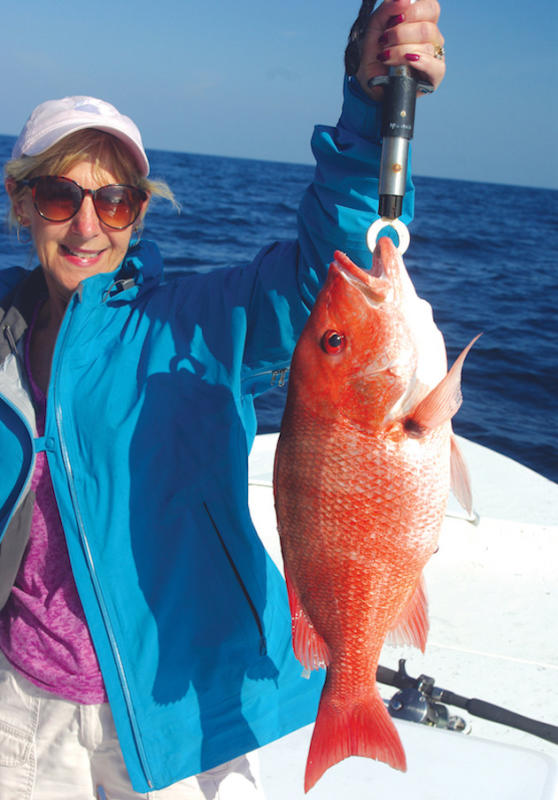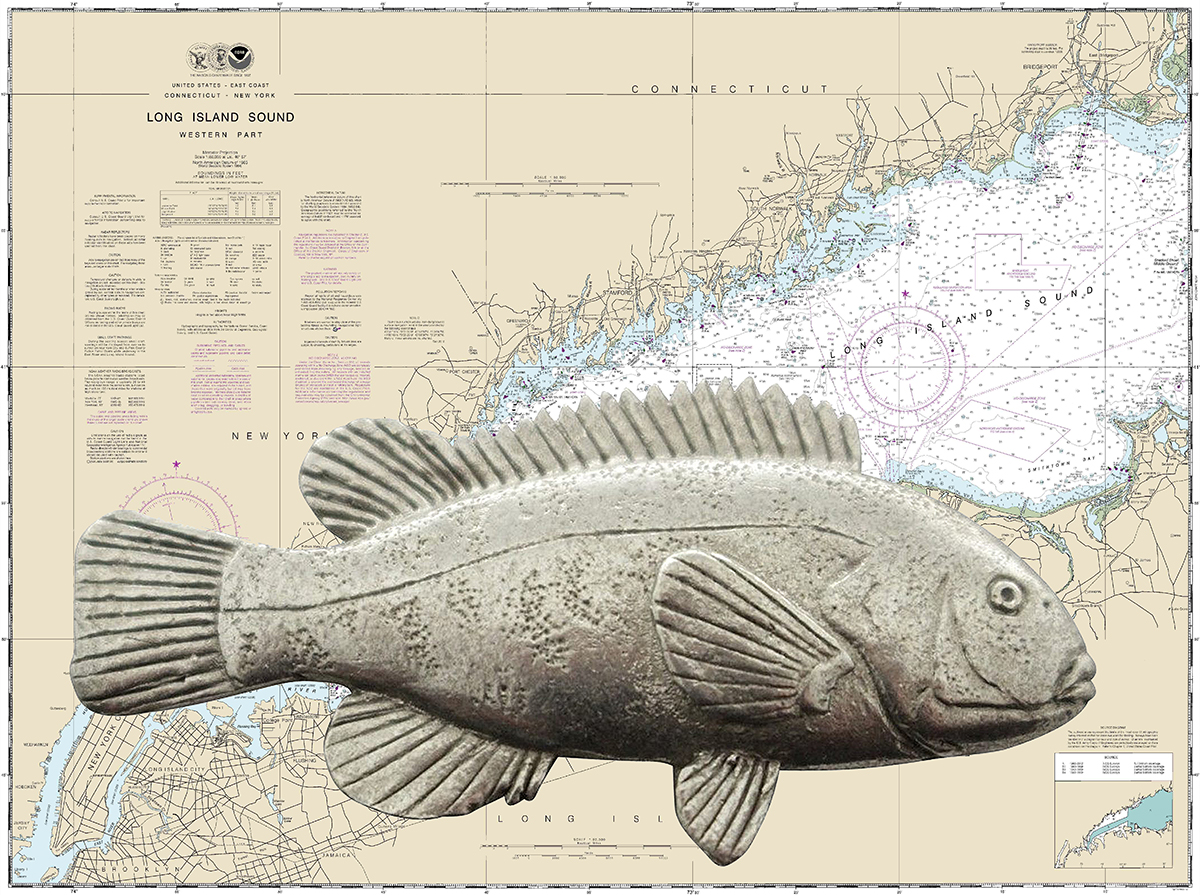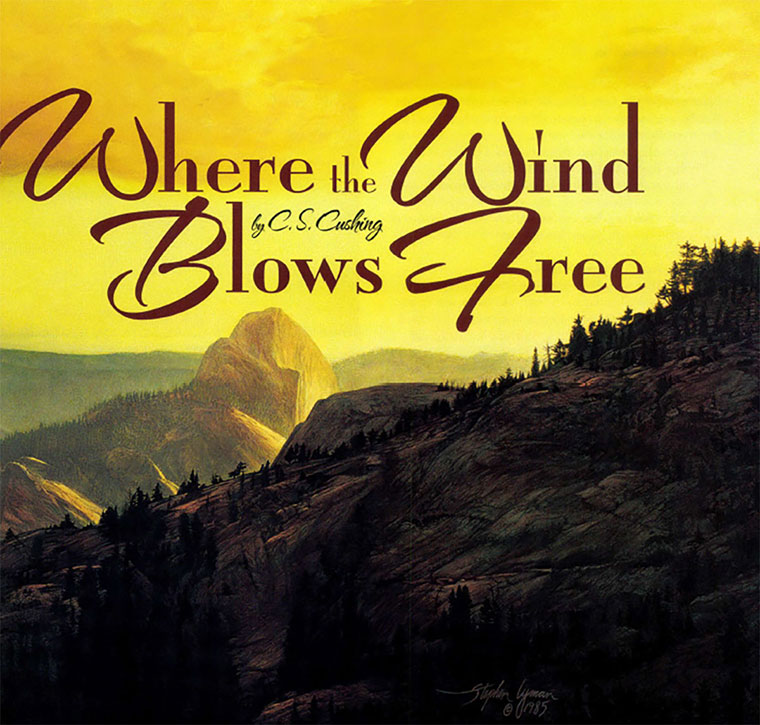This past June my wife Kathy and I joined Ted Everett, owner of Hard Labor Creek, for some red snapper fishing with Capt. Chris Wiwi, who’s been guiding around Panama City since 2002. He claims the fishing is good year-round for one species or another.
“Beginning in the spring, we catch a lot of sheepshead, red fish, and pompano,” said Chris. “Then as spring progresses, the cobia migration comes, and that’s real big. Everybody around here loves sight-fishing for big cobia.
“As spring comes to a close,” Chris continued, “you get closer to ‘the jewel of the Emerald Coast’ … the red snapper.”
Chris considers the red snapper to be the most controversial fish in the region, comparing it to salmon in the Northwest and tuna in the Northeast.
“All the talk here in the early summer is about the red snapper and how long are they going to let you fish and how many fish are they going to let you keep.”
Fortunately, the charter captains have been given a fairly decent season by the Florida Fish and Wildlife Conservation commission. A 70-day red snapper season was set at the FFWC meeting in April, with a limit of two per angler. The minimum size is 16 inches. The federal waters, which start nine nautical miles out, have a 45-day season and a matching limit this year.
All the controversy revolves around the red snapper population. Some groups say it’s being overfished, while others say the Gulf of Mexico is packed with the snappers.
“After today,” Chris said as we pulled away from the dock, “you’ll see there is no shortage of red snapper.”
The importance of red snapper fishing goes beyond the charter business. The entire Emerald Coast economy receives a huge boost from the sportfishery, as anglers from around the country flock to the area, filling hotels, restaurants, and sporting goods stores. And with miles of sandy beaches, the fishermen can bring along their families to enjoy the sun and fun while they ply the seas for the “fish-delish.”
As for the catch-and-release survival rate of red snapper, Chris said they’re a very hardy fish, and the water pressure that can kill some released fish doesn’t have the same effect on the snapper.
“They’re used to riding up and down the water column and the changing pressure,” he said. “Plus, at sixty to seventy feet, I really don’t fish deep enough to cause a dangerous pressure change.”
Before leaving for the open sea, we made a quick stop at a floating bait shop. These folks save the charters from having to catch their own pilchers, grunts, cigar minnows, and the like. And my guess is they probably make a pretty good living at it.
“Unless I just happen to come across a big bunch of baitfish on the surface,” said Chris, “it’s just easier to run by the bait man rather than spending an hour chasing bait.”
As we cruised past the jetties into open water, Chris explained that while a lot of skippers head for the wrecks and reefs, he likes to mark more subtle snapper attractors. “I look for a ‘live bottom,’” he noted. “It’s usually a rocky spot, maybe no bigger than a trashcan lid, but the fish can be stacked up on it.”
Chris often catches other species of fish while angling for red snappers.
“We’ll occasionally get some black sea bass, gag grouper, red grouper and cobia. Even a king mackerel now and then.
“Every fish pretty much has some size regulation,” Chris said. “Twenty inches for the red grouper, 22 for the gag grouper, and 24 for the king mackerel, so you get pretty good at remembering them all out on the water.
You don’t want to get caught with one on the boat that’s undersized. We don’t take any chances. I have a lot of licenses, and I don’t want to risk losing any because I have a fish that’s a quarter of an inch too short.”
It was a classic day to be on the water, with the sunrise casting an orange glow across calm seas. Some six miles out, but still within sight of the beach, Chris began backing down the engines and studying the fish-finder. Then it was time to drop ’em. We fished just above the bottom with live and cut bait. It wasn’t long before we landed a snapper.
“Eighteen inches,” said Chris after measuring it with his yardstick. “We’ll throw him back. There are plenty of bigger fish down there.”
The action heated up, with Kathy, Ted, and I hooking a variety of species, including a small cobia, amberjack, triggerfish, and more red snappers. Along with its tough fighting ability and incredible taste, what stands out about the red snapper is its beautiful red-orange brilliance. Ten-feet down in the clear Gulf waters you can see a fish glimmering as its pulled up to the boat.
While the morning went smoothly with big red snappers being boated and boxed, or returned to the sea, we had one unfortunate casualty. Kathy had brought perhaps the largest snapper of the day to the edge of the boat. Before it could be pulled from the water, a six-foot bull shark bit it cleanly in half, taking it from about 22 inches to ten. Sharks gotta eat too, right?
By late morning we’d each caught our limits of red snappers. And based on the graph that was constantly showing fish by the hundreds, we left with the belief that there are plenty of red snapper to go around.
 The Greatest Fishing Stories Ever Told is sure to ignite recollections of your own angling experiences as well as send your imagination adrift. In this compilation of tales you will read about two kinds of places, the ones you have been to before and love to remember, and the places you have only dreamed of going, and would love to visit. Whether you prefer to fish rivers, estuaries, or beaches, this book will take you to all kinds of water, where you’ll experience catching every kind of fish.
The Greatest Fishing Stories Ever Told is sure to ignite recollections of your own angling experiences as well as send your imagination adrift. In this compilation of tales you will read about two kinds of places, the ones you have been to before and love to remember, and the places you have only dreamed of going, and would love to visit. Whether you prefer to fish rivers, estuaries, or beaches, this book will take you to all kinds of water, where you’ll experience catching every kind of fish.
Read on as some of the sport’s most talented writers recount their personal memories of catching bass, trout, bluefish marlin, tuna, and more. Explore the Pacific with Zane Grey, as he fights a 1,000-pound blue marlin, or listen as A.J. McClane explains just what it really means to be an angler. Take a step back in time when you read Ernie Schwiebert’s tale of fishing a remote lake in Michigan, when he was still only a young boy. Each of these stories, selected because of its intrinsic literary worth, reinforces the unique personal connection that fishing creates between people and nature. Buy Now





